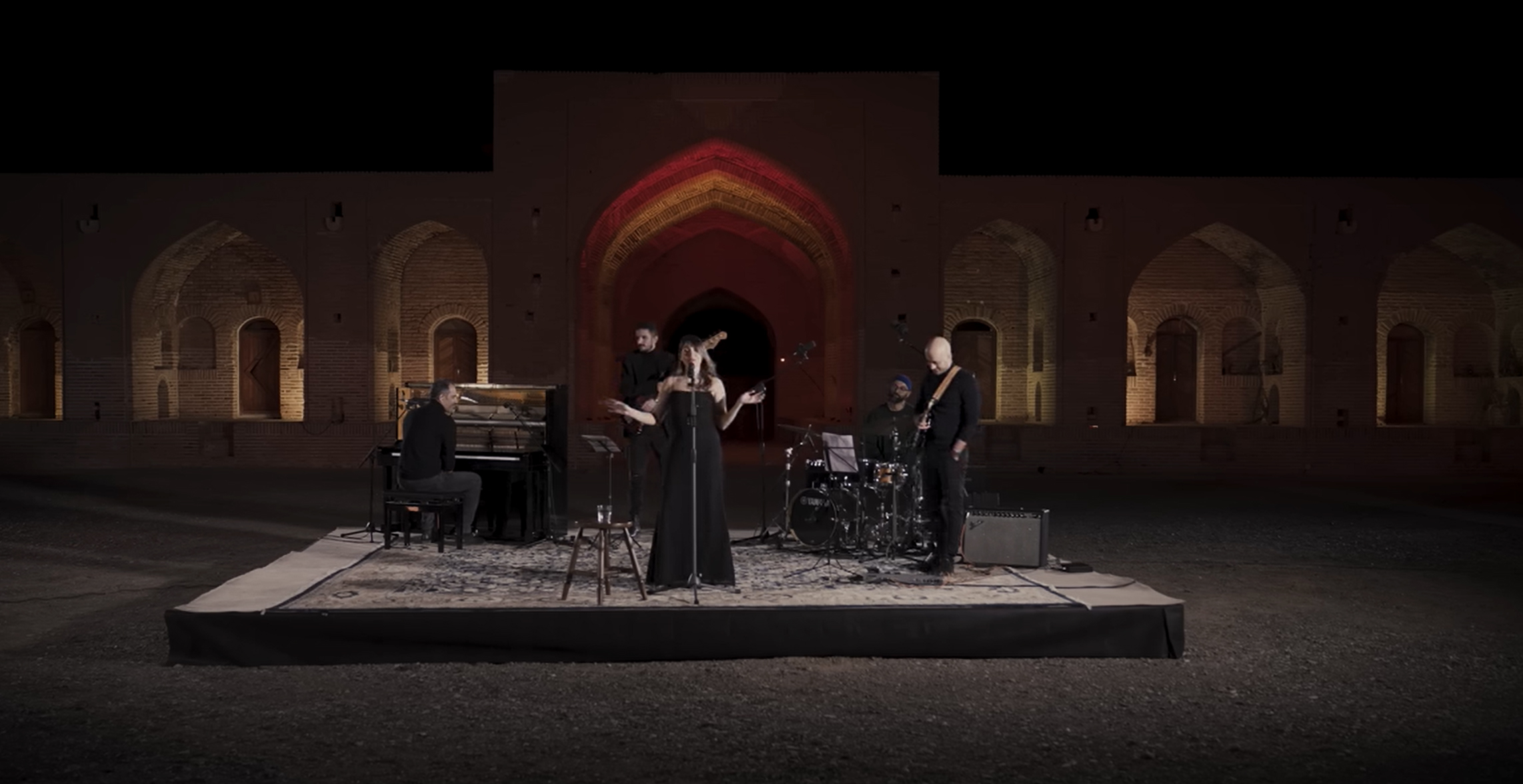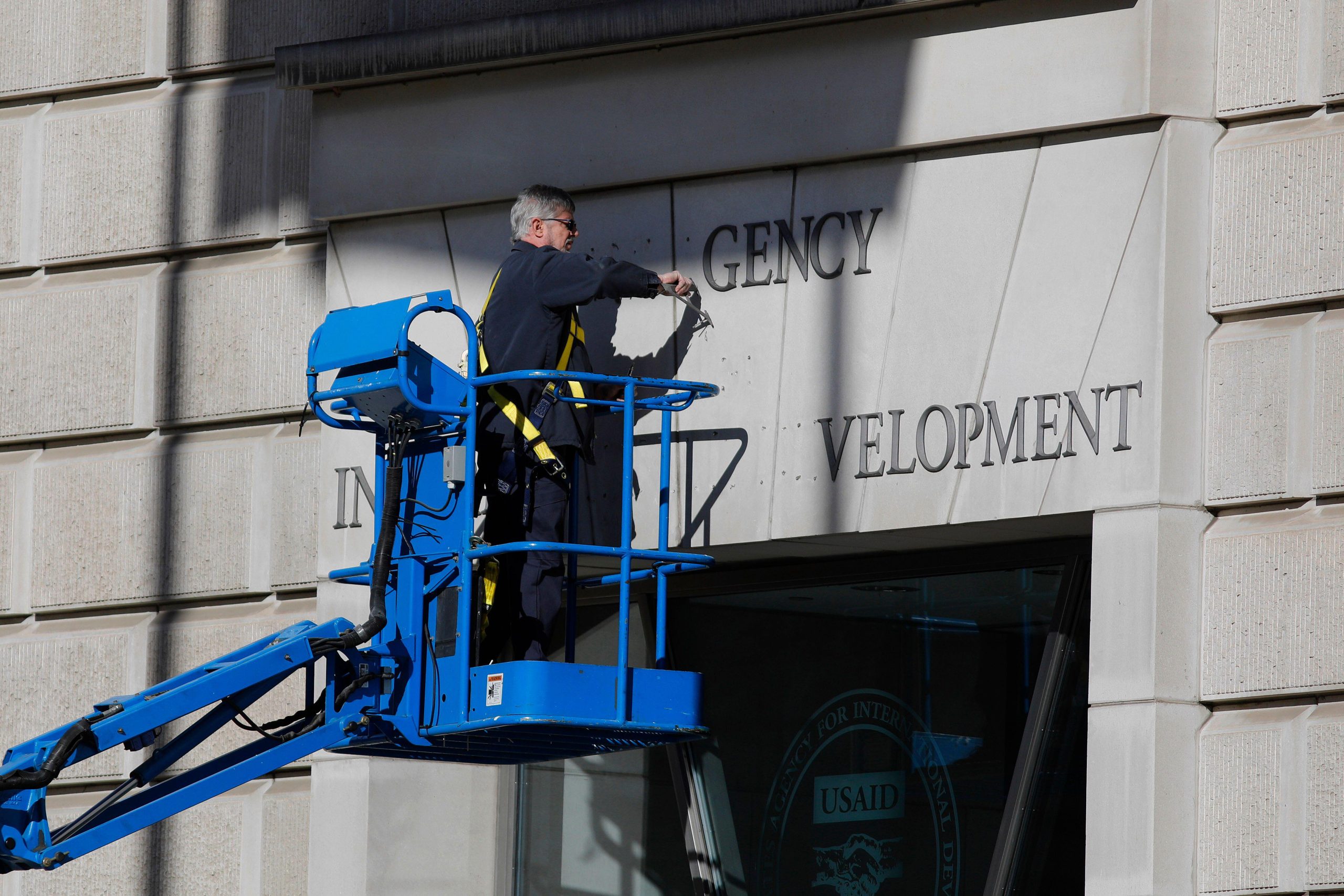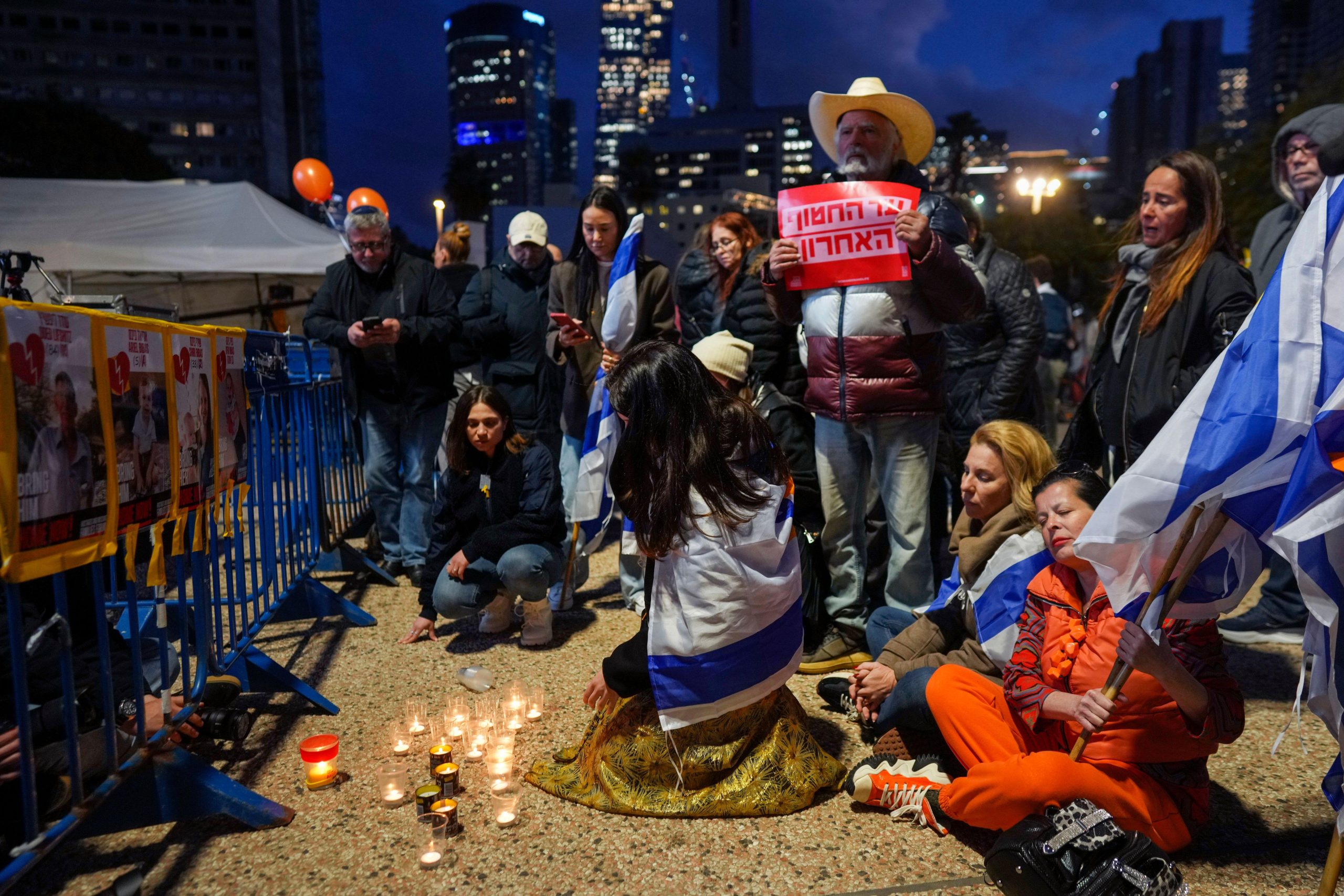The cell phones started working this morning again, although I’m not sure they’ll stay that way. The internet (as of 7pm local time) was still blocked. The fact that one but not the other has been restored perhaps indicates that the government views the internet as a larger threat than phone calls and text messages.
Whatever the logic, its worth noting that all these government attempts to restrict communications did very little to hinder the protesters yesterday and today.
The #Jan25 Day of Rage that kicked off the current waves of civil unrest rocking President Hosni Mubarak’s government DID employ Facebook, Twitter and text messaging as crucial tools. Last minute notifications on where to gather went out electronically at first. And all through the day on 25 January, protesters used Twitter to coordinate, offer each other encouragement and get news about protests happening elsewhere. When clashes happened in Suez or Alexandria, the protesters in Tahrir instantly knew and took heart from it. If there was thousands fighting the reach the square, they knew that too.
But if protests on 25 January took place in the context of a veritable flood of information, yesterday’s massive demonstrations happened in a literal vacuum. Suddenly dragged back to the land-line communications era, the protesters didn’t know about Alexandria or Suez; they didn’t even know what was happening across the river.
It didn’t matter. Protest organisers basically bypassed the idea of coordination altogether and just told people “Protest everywhere.”
In anything, the information vacuum may have ended up sharpening the wills of the demonstrators. With no idea of the situation anywhere else in Egypt, protesters had no choice by to fight like hell for whatever public patch of ground they were standing on—and then fight their way through to the next patch of ground.
All through the day Friday and deep into the night, Cairo seemed to have reverted to a word-of-mouth storyteller society. If you were walking in the street and you saw protesters coming the other direction, you asked them where they were coming from and what the situation was like there.
The shutdown also didn’t manage to stop the world’s media from effectively conveying the story to the world. Correspondents generally found a way to get online or, in many cases, reverted to the old-school practice of dictating their stories and notes to the newsroom over a landline.
Perhaps the largest impact was that many photographers and videographers have amazing images and footage trapped on their cameras with no way to get them out. I personally know several people in this situation.
When the government does finally lift the country-wide internet blockade, look for an absolute flood of imagery to instantly start flowing.




